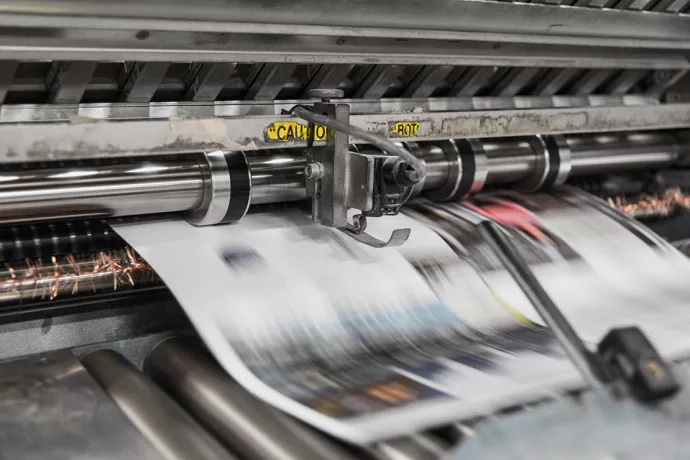
Media layoffs during COVID-19: how the pandemic exposes existing industry problems
At a time when Canadians arguably need journalists more than ever to provide timely, accurate information, media companies across the country are eliminating hundreds of reporters and some have even suspended print operations as advertising dollars fall.
The near economic shutdown due to COVID-19 is having a ripple effect that’s adversely affecting Canadian media companies, which rely on advertising revenue.
Torstar recently announced the elimination of 85 positions and cuts to its operating budget, along with a 20 per cent reduction in pay for its executives. Saltwire Network, one of the largest publishers in Atlantic Canada, announced it will temporarily lay off approximately 40 per cent of its staff and reduce hours for those remaining. Glacier Media and Black Press, which operate newspapers in the West, have announced layoffs and scaled back or eliminated their print runs. Postmedia, meanwhile, has warned of short-term salary reductions.
“As with every other aspect of social life, the pandemic is underscoring the pre-existing structural problems with the journalism industry,” says Nicole Cohen, an associate professor at U of T Mississauga’s Institute of Communication, Culture, Information and Technology and co-author of New Media Unions: Organizing Digital Journalists.
She explains the industry is being hit hard because its main source of income is advertising. Companies, many of which have been forced to temporarily close their doors, aren’t buying advertising right now and digital advertising revenue continues to be directed toward online platforms like Google and Facebook, which are not producers of news content.
“When profits are down, news companies lay off journalists,” Cohen says. “Labour costs are the first to be cut.”
This isn’t a new problem. For years the industry has been rocked by layoffs and newspaper closures. Journalists, industry watchers and academics have been commenting on the media crisis for a long time. Even the federal government took note in 2018, pledging almost $600 million over five years for tax credits and other incentives meant to help qualifying media companies.
Recently, the federal government announced a $30 million COVID-19 awareness advertising buy to help struggling Canadian media. Some industry insiders, however, say it’s not enough.
Cohen says she believes the government needs to support journalists, not media companies, noting there’s no guarantee the ad buy or tax credits will mean more journalists in newsrooms.
For Cohen, the crisis is that Canadian (and U.S.) media are organized on a for-profit basis. News is packaged and sold so owners or shareholders can make a profit, she explains. The industry is commodifying a public good.
“As we are seeing acutely during this pandemic, journalism is a public good that is essential for citizens to survive,” Cohen says. “The fact that media companies have removed their paywalls for COVID-related news highlights this fact.
“Now, more than ever, we need accurate, local information to keep our communities safe, to understand what is happening and to generate responses.”
The problems that media face is not the result of the pandemic, she continues, but is a product of the underlying way news media has been structured.
“In many ways, the pandemic will be an excuse used by executives to cut labour costs, shrink reporting and freelance budgets, and shutter outlets,” Cohen says. “The effects of business decisions made during the pandemic will continue to exacerbate existing problems.”
Cohen suggests that what’s needed is a robust, not-for-profit media system that focuses on producing journalism for the public good.
And now, more than ever, collective supports for journalists are vital. Freelance organizations are setting up relief funds and other collective supports for freelancers while unions are advocating for supports that are sustainable and conducive to helping journalists. “We should pay attention to what they’re saying,” Cohen says.
She notes that the industry has been in flux for a long time. Creative projects have emerged and there’s been a burst of union organization over the past five years. The industry will continue to change and evolve, she says. “I think the direction journalism heads in will have a lot to do with how much say media workers and journalists themselves have in decision-making at this juncture.”
